Home>Gardening & Outdoor>Landscaping Ideas>What Should Soil Ph Be For Grass
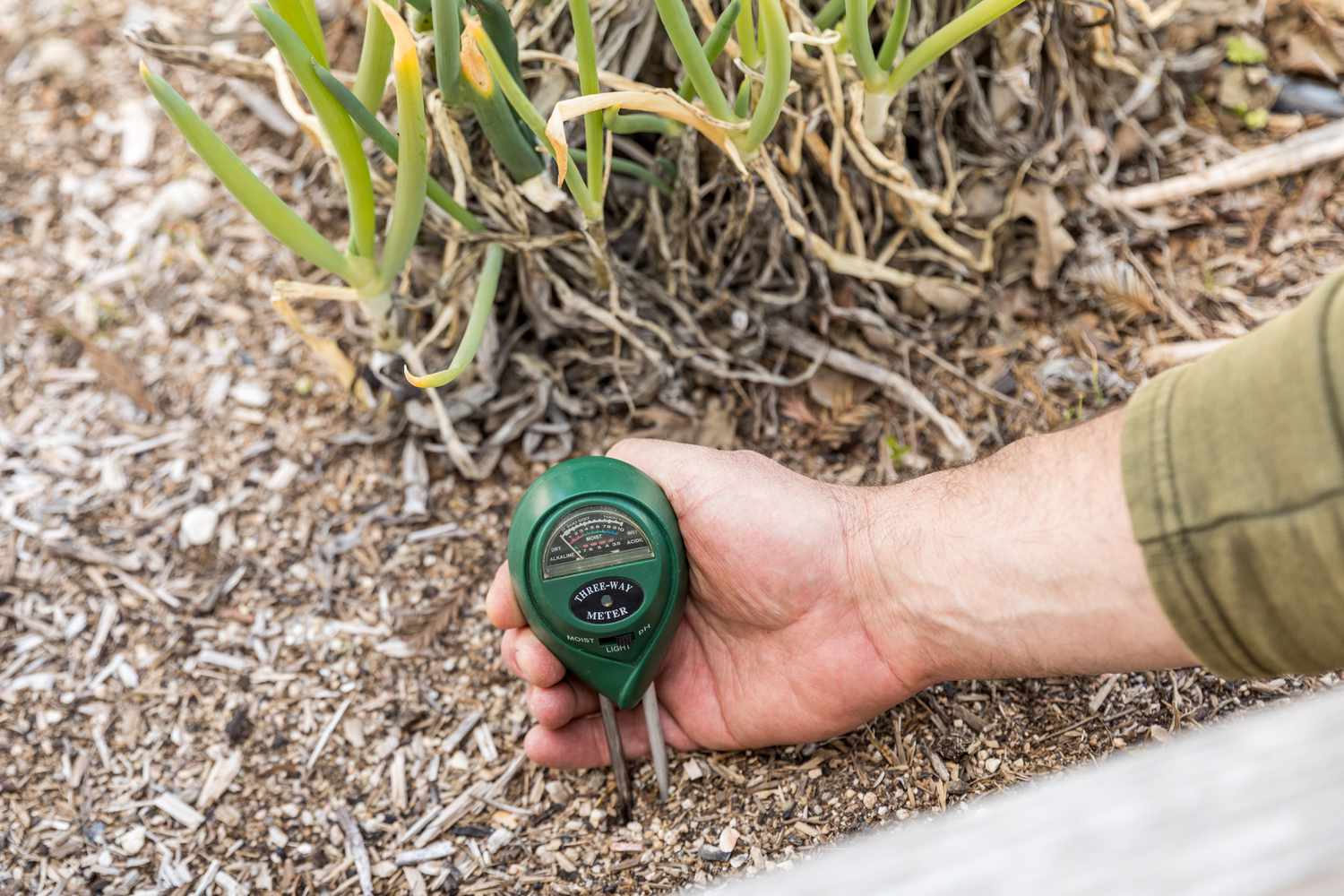

Landscaping Ideas
What Should Soil Ph Be For Grass
Published: January 28, 2024
Ensure healthy grass with the right soil pH for your landscaping ideas. Learn what soil pH is best for grass and how to achieve it.
(Many of the links in this article redirect to a specific reviewed product. Your purchase of these products through affiliate links helps to generate commission for Storables.com, at no extra cost. Learn more)
Introduction
Landscaping is a wonderful way to enhance the beauty of your outdoor space, and a lush, vibrant lawn is often a central feature of a well-designed landscape. Achieving and maintaining a healthy lawn involves various factors, and one critical aspect that significantly impacts the growth and vitality of grass is the pH level of the soil. The soil's pH level influences the availability of essential nutrients, the activity of microorganisms, and the overall health of the grass roots. Understanding the importance of soil pH for grass and knowing the ideal pH range for different types of grass is fundamental to promoting a thriving lawn.
In this article, we will delve into the significance of soil pH for grass, explore the ideal pH range for various grass types, and provide insights into testing and adjusting soil pH to ensure optimal conditions for healthy grass growth. Whether you are a seasoned gardener or a novice enthusiast, grasping the role of soil pH in nurturing a lush, green lawn will empower you to make informed decisions and take proactive steps to cultivate a flourishing outdoor oasis. Let's embark on a journey to uncover the secrets of soil pH and its impact on the vitality of grass.
Key Takeaways:
- Soil pH directly affects grass health by influencing nutrient availability and microorganism activity. Maintaining the ideal pH range for your grass type is crucial for a lush and resilient lawn.
- Testing and adjusting soil pH is essential for promoting healthy grass growth. By making targeted adjustments and incorporating holistic lawn care practices, you can create an optimal environment for vibrant and thriving grass.
Read more: What Grass To Plant In Sandy Soil
Importance of Soil pH for Grass
The soil pH level, which measures the acidity or alkalinity of the soil, plays a pivotal role in the overall health and growth of grass. Understanding its significance is essential for nurturing a thriving lawn. The pH level directly influences the availability of essential nutrients to the grass roots. When the soil pH is not within the optimal range for a specific type of grass, vital nutrients may become chemically bound in the soil, rendering them inaccessible to the grass. This can lead to nutrient deficiencies, stunted growth, and a lackluster appearance of the lawn.
Moreover, soil pH affects the activity of microorganisms in the soil. These microorganisms are responsible for decomposing organic matter and releasing nutrients in a form that grass roots can absorb. A balanced pH level promotes a healthy population of beneficial microorganisms, fostering a fertile soil environment that supports robust grass growth.
Furthermore, the soil pH influences the effectiveness of fertilizers. When the pH strays from the optimum range, the grass may struggle to absorb nutrients from applied fertilizers, diminishing the impact of these essential supplements. By maintaining the appropriate pH level, you can ensure that the grass efficiently utilizes the nutrients provided by fertilizers, promoting vigorous growth and vibrant color.
Another critical aspect influenced by soil pH is the grass’s ability to withstand stress. Grass growing in soil with an unsuitable pH may become more susceptible to diseases, pests, and environmental stressors. This can compromise the overall resilience of the lawn, making it more challenging to maintain a lush and healthy appearance.
Understanding the importance of soil pH for grass underscores the need to monitor and manage the pH level of the soil in your lawn. By doing so, you can create an environment that maximizes nutrient availability, supports beneficial soil microorganisms, optimizes the effectiveness of fertilizers, and enhances the grass’s ability to thrive in varying conditions.
Ideal Soil pH Range for Different Types of Grass
Grass varieties have distinct preferences when it comes to soil pH, and understanding these preferences is crucial for maintaining a healthy and vibrant lawn. The ideal soil pH range for grass typically falls between 6 and 7, which is slightly acidic to neutral. However, specific grass types may thrive within narrower pH ranges, and tailoring the soil pH to match these preferences can significantly enhance the grass’s health and appearance.
For cool-season grasses such as Kentucky bluegrass and fescues, the optimal soil pH range is between 6.0 and 7.0. These grasses prefer a slightly acidic to neutral soil environment and may struggle to thrive in highly acidic or alkaline conditions. By maintaining the soil pH within this range, you can create an ideal foundation for robust growth and lush, dense turf.
Warm-season grasses, including Bermuda grass and Zoysia grass, exhibit a preference for soil pH levels ranging from 6.0 to 6.5. These grasses thrive in slightly acidic conditions and may demonstrate improved resilience and vigor when the soil pH aligns with their specific requirements. By accommodating their preferred pH range, you can promote the development of a resilient and visually appealing lawn.
It’s important to note that while these are the general ideal pH ranges for different grass types, variations can exist based on regional climate and soil composition. Consulting with local horticultural experts or utilizing soil testing services can provide valuable insights into the specific pH requirements for the grass species prevalent in your area.
By understanding and adhering to the ideal soil pH ranges for different types of grass, you can optimize the growing conditions for your lawn, fostering healthy, vibrant grass that enhances the overall beauty of your outdoor space. Tailoring the soil pH to align with the preferences of specific grass varieties empowers you to create an environment that maximizes their growth potential and resilience, resulting in a stunning and thriving lawn.
The ideal soil pH for most grasses is between 6.0 and 7.0. You can test your soil’s pH with a simple kit from a garden center and adjust it with lime or sulfur as needed.
Testing and Adjusting Soil pH
Testing the soil pH is a fundamental step in understanding the current conditions of your lawn and determining whether adjustments are necessary to create an optimal environment for healthy grass growth. Several methods are available for testing soil pH, ranging from DIY test kits to professional laboratory analysis. DIY test kits typically involve collecting soil samples from various locations in your lawn, mixing them with the provided testing reagents, and observing the resulting color changes to gauge the soil pH. While these kits offer convenience and affordability, professional laboratory analysis can provide more precise and comprehensive results, particularly if you require detailed insights into nutrient levels and soil composition.
Once you have determined the soil pH of your lawn, you can take proactive steps to adjust it if necessary. If the pH deviates from the ideal range for your specific grass type, there are several methods for modifying the soil pH to create a more favorable environment for grass growth. One common approach is the application of soil amendments, such as lime to raise the pH or elemental sulfur to lower it. These amendments work gradually, and their effectiveness depends on factors such as soil composition, the current pH level, and the desired adjustment.
When applying soil amendments, it is essential to follow recommended guidelines and application rates to avoid overcorrection, which can lead to imbalanced pH levels and potential harm to the grass. Regular monitoring of the soil pH, especially after applying amendments, allows you to gauge the effectiveness of the adjustments and make further modifications as needed to achieve and maintain the ideal pH range.
It’s important to note that adjusting soil pH is a gradual process, and significant changes may take time to manifest. Patience and consistent monitoring are key to achieving and sustaining the desired pH level for healthy grass growth. Additionally, incorporating organic matter into the soil, practicing proper irrigation techniques, and mindful fertilization can complement pH adjustments, contributing to a supportive and nurturing environment for your lawn.
By regularly testing the soil pH, making informed adjustments when necessary, and implementing holistic lawn care practices, you can create an optimal pH environment that fosters the robust growth and resilience of your grass, resulting in a lush, vibrant lawn that enhances the beauty of your outdoor space.
Conclusion
Understanding the critical role of soil pH in nurturing healthy grass is essential for anyone seeking to create a vibrant and resilient lawn. The pH level of the soil directly impacts nutrient availability, the activity of beneficial microorganisms, and the overall health and appearance of the grass. By recognizing the significance of soil pH and its influence on grass growth, you can take proactive steps to ensure that your lawn thrives in an optimal environment.
Recognizing the ideal soil pH range for different types of grass empowers you to tailor the growing conditions to meet the specific preferences of your chosen grass varieties. Whether you are cultivating cool-season grasses like Kentucky bluegrass or nurturing warm-season varieties such as Bermuda grass, aligning the soil pH with their ideal range can significantly enhance their growth potential and resilience.
Regularly testing the soil pH and making informed adjustments when necessary are essential components of effective lawn care. Whether you opt for DIY test kits or professional laboratory analysis, gaining insights into the current soil pH enables you to make targeted amendments to create a more favorable environment for grass growth. By applying soil amendments judiciously and monitoring the pH levels, you can gradually achieve and maintain the ideal pH range, supporting the health and vitality of your grass.
Creating an optimal soil pH environment for your lawn is a journey that requires patience, diligence, and a holistic approach to lawn care. By integrating pH management with practices such as incorporating organic matter, practicing proper irrigation, and mindful fertilization, you can cultivate a nurturing and supportive environment that promotes the lush, vibrant growth of your grass.
In conclusion, the significance of soil pH for grass cannot be overstated. By embracing the role of pH in fostering healthy grass growth, you can embark on a rewarding endeavor to create a stunning and resilient lawn that enhances the beauty of your outdoor space. With a deep understanding of soil pH and its impact on grass, you are empowered to cultivate a thriving and visually captivating lawn that becomes a source of pride and joy for years to come.
Frequently Asked Questions about What Should Soil Ph Be For Grass
Was this page helpful?
At Storables.com, we guarantee accurate and reliable information. Our content, validated by Expert Board Contributors, is crafted following stringent Editorial Policies. We're committed to providing you with well-researched, expert-backed insights for all your informational needs.
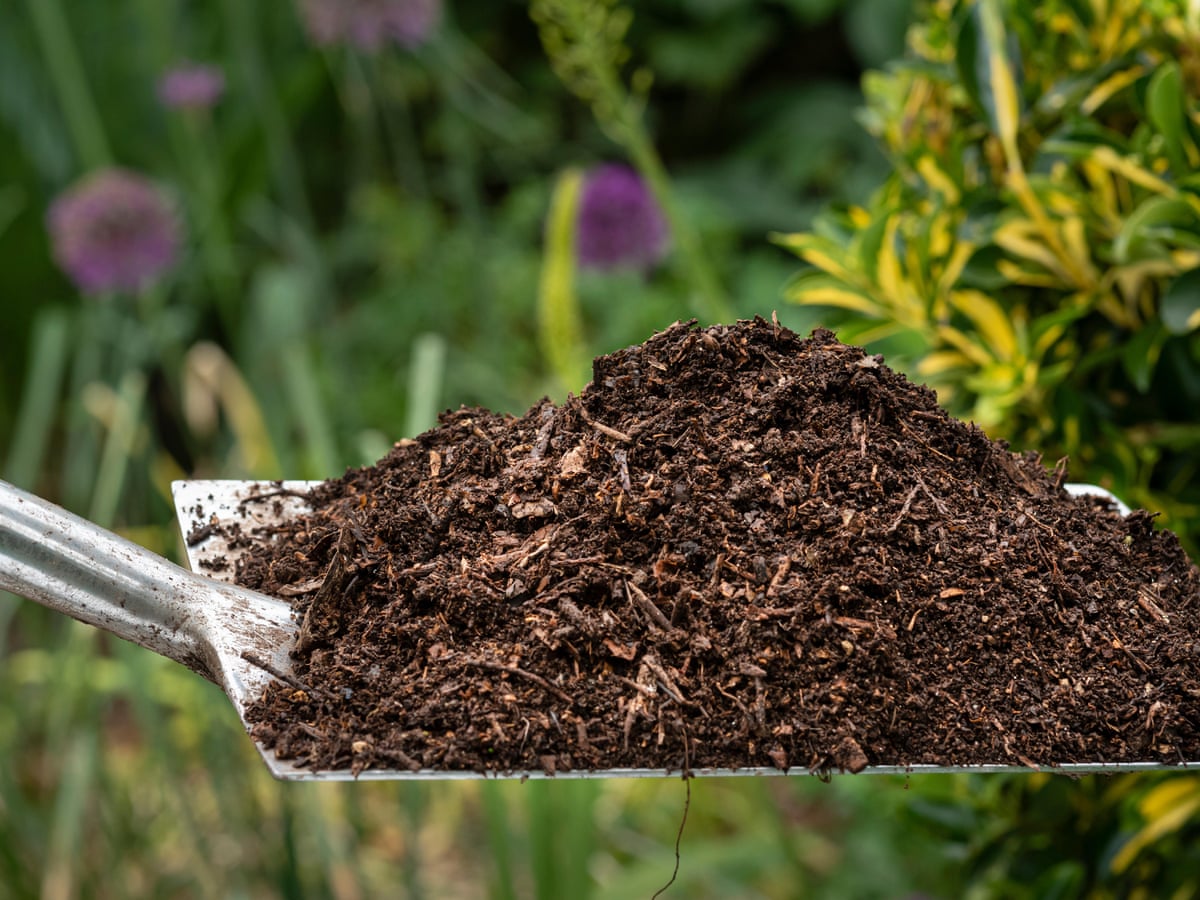
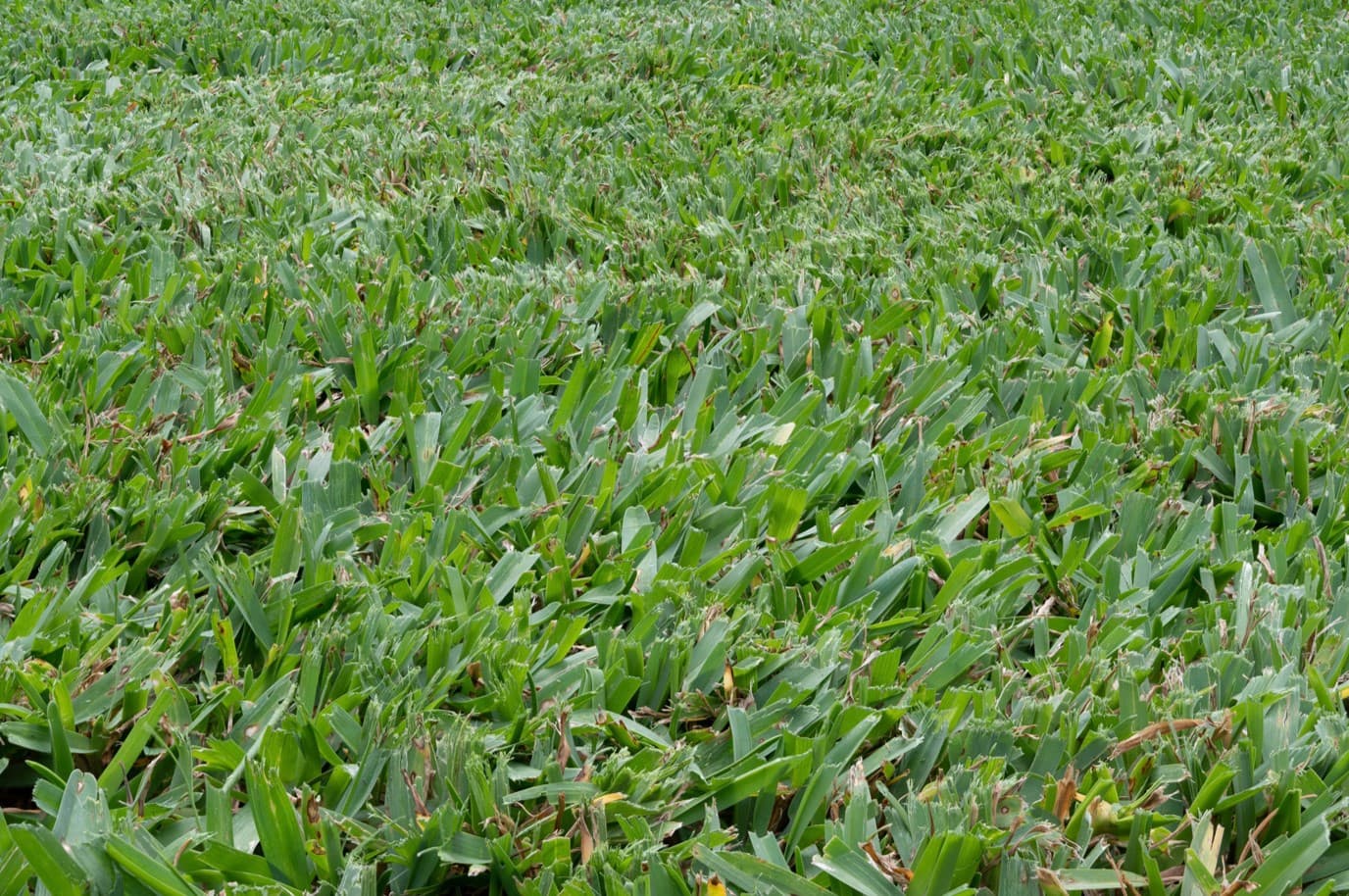
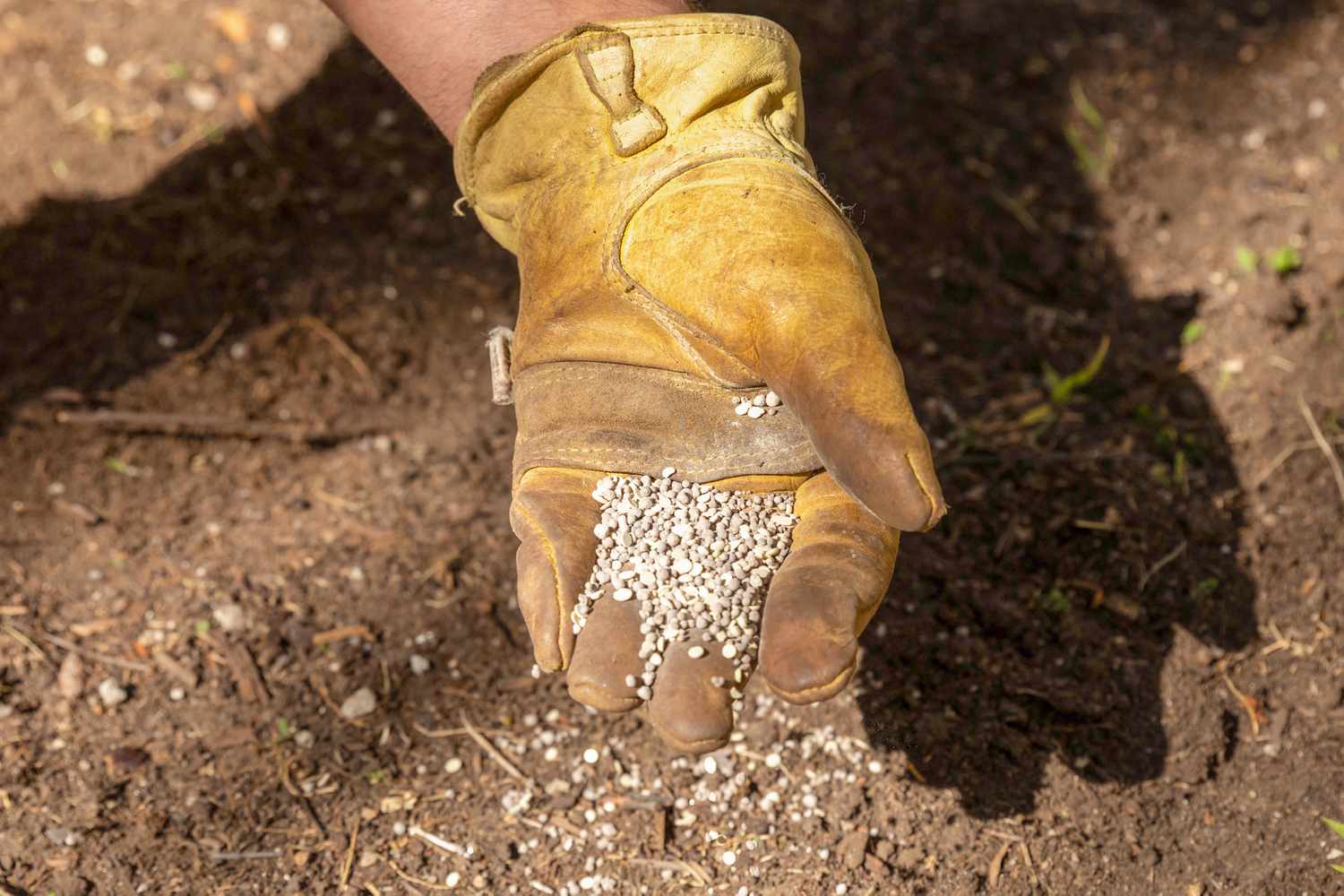




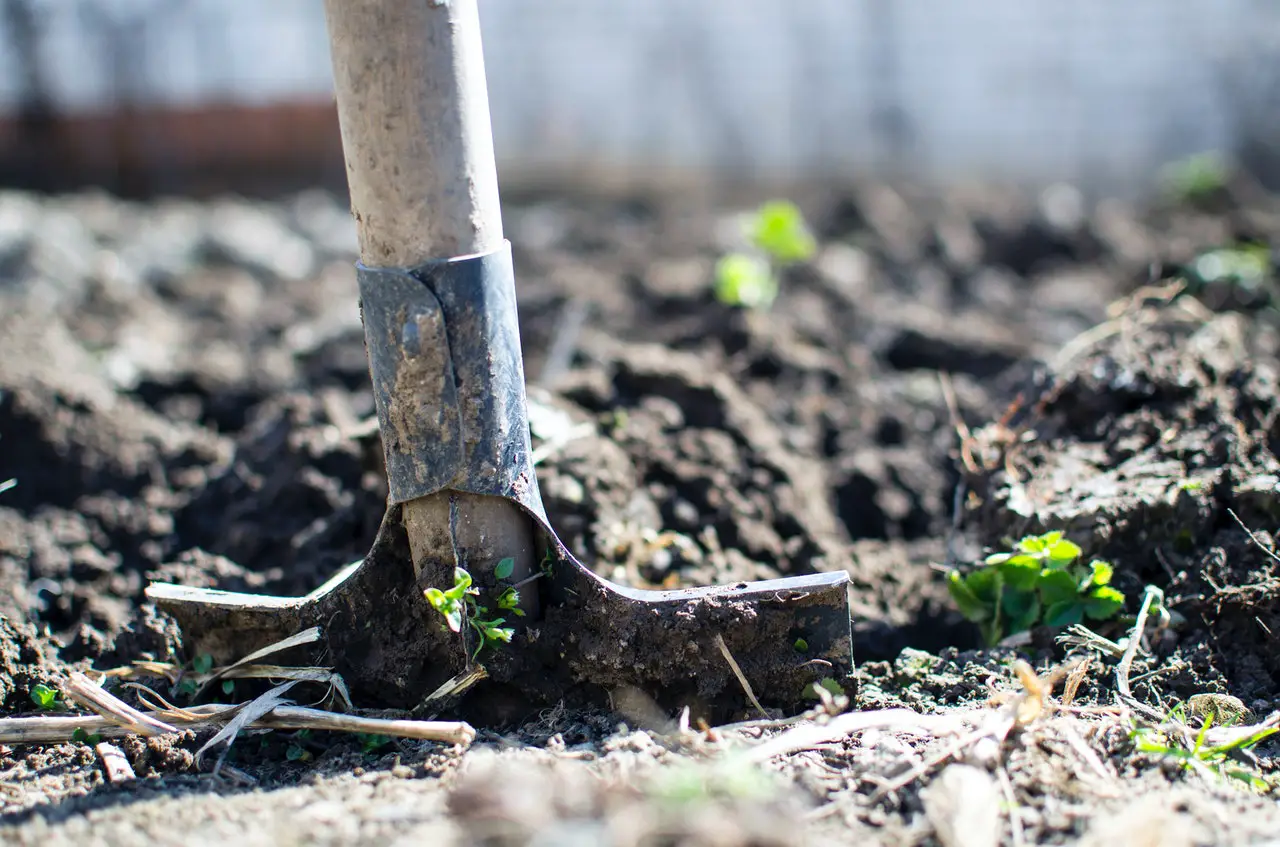


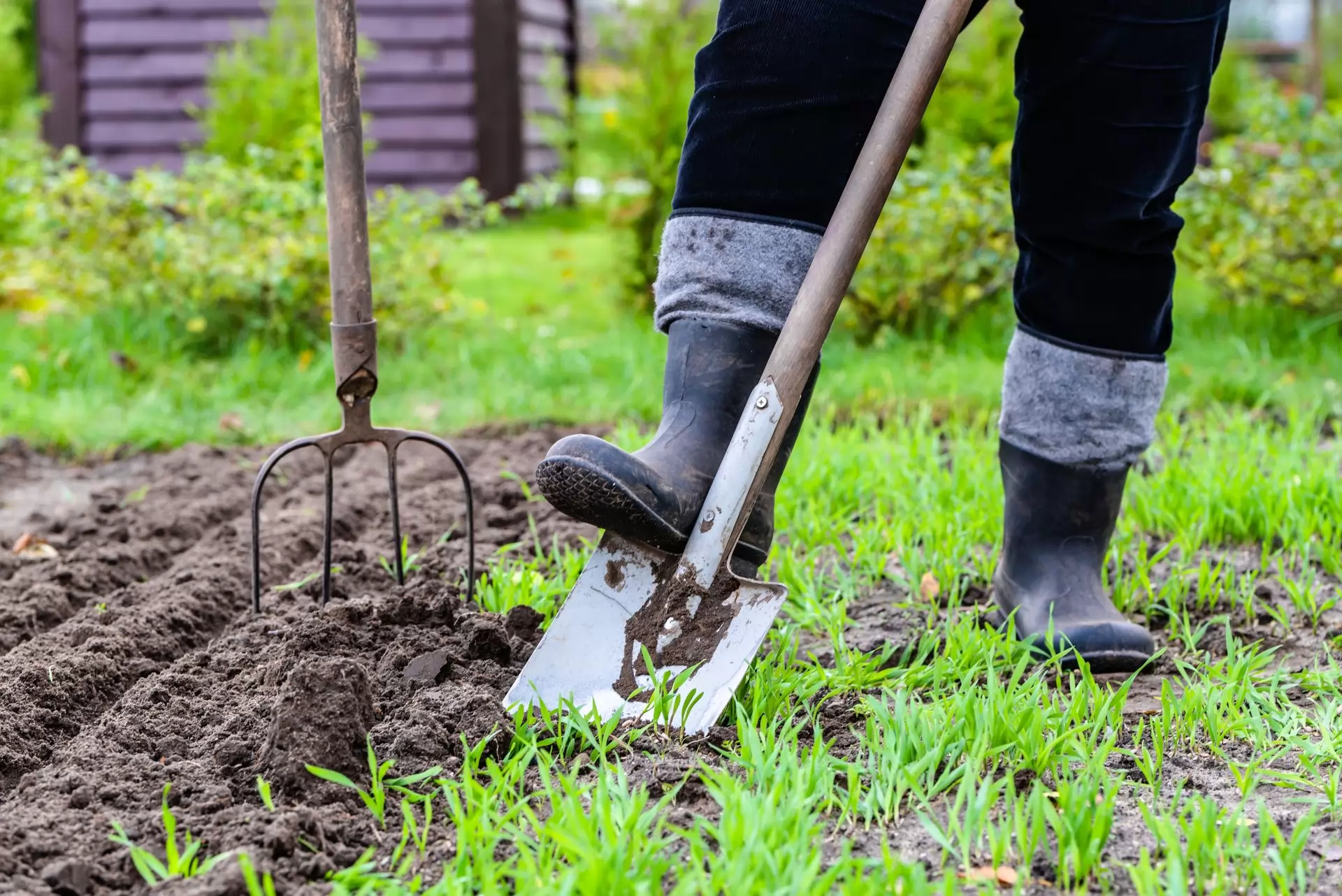
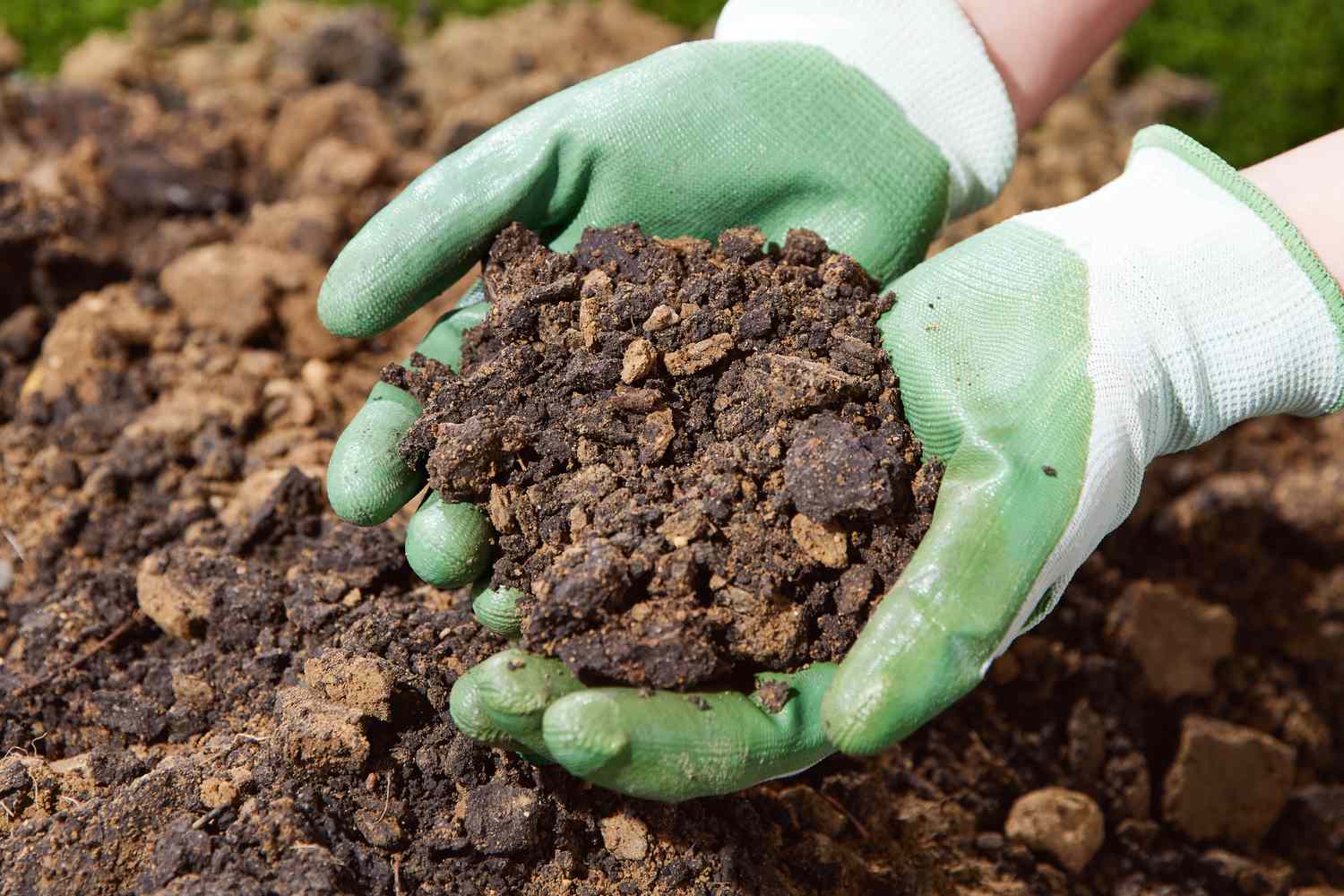

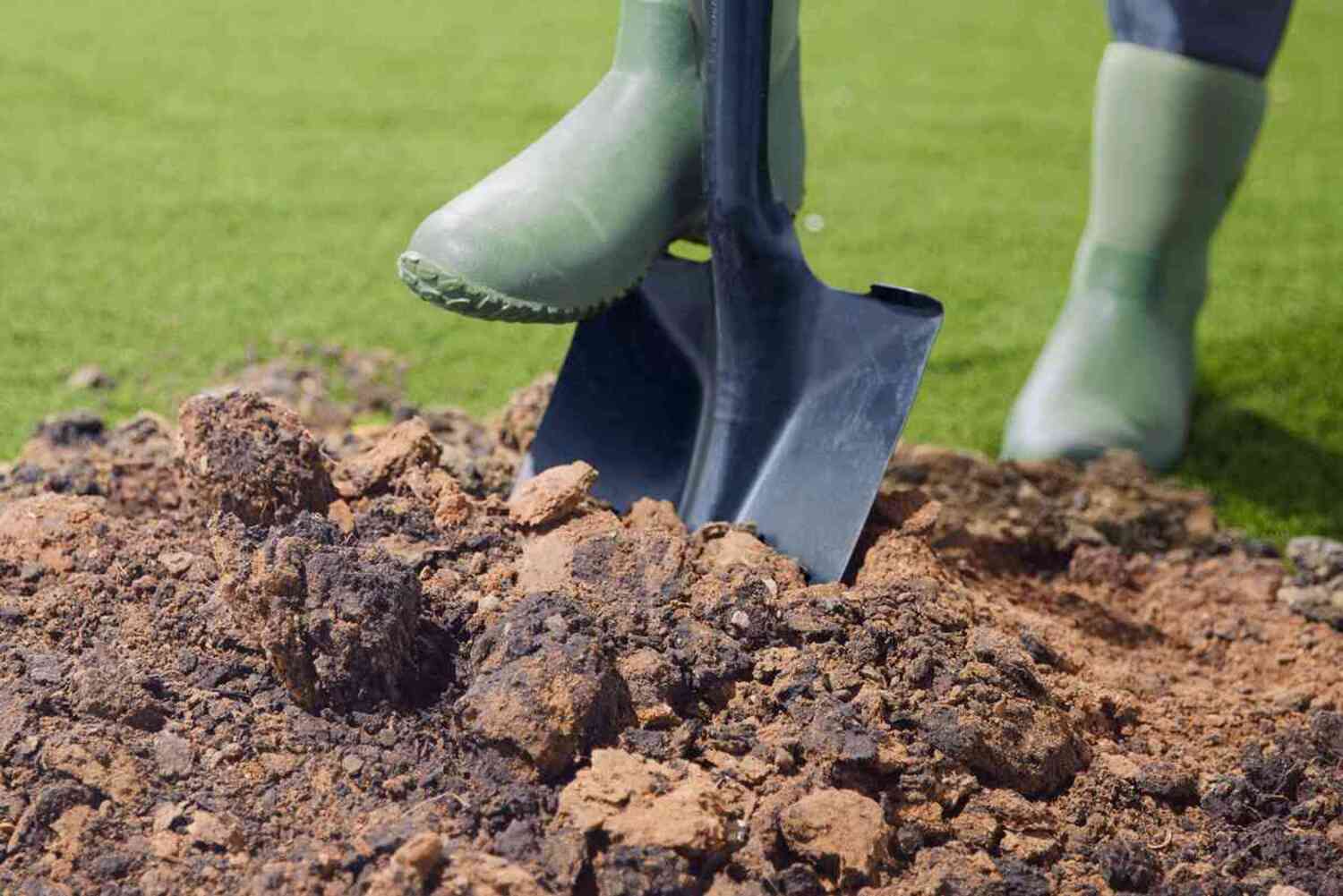
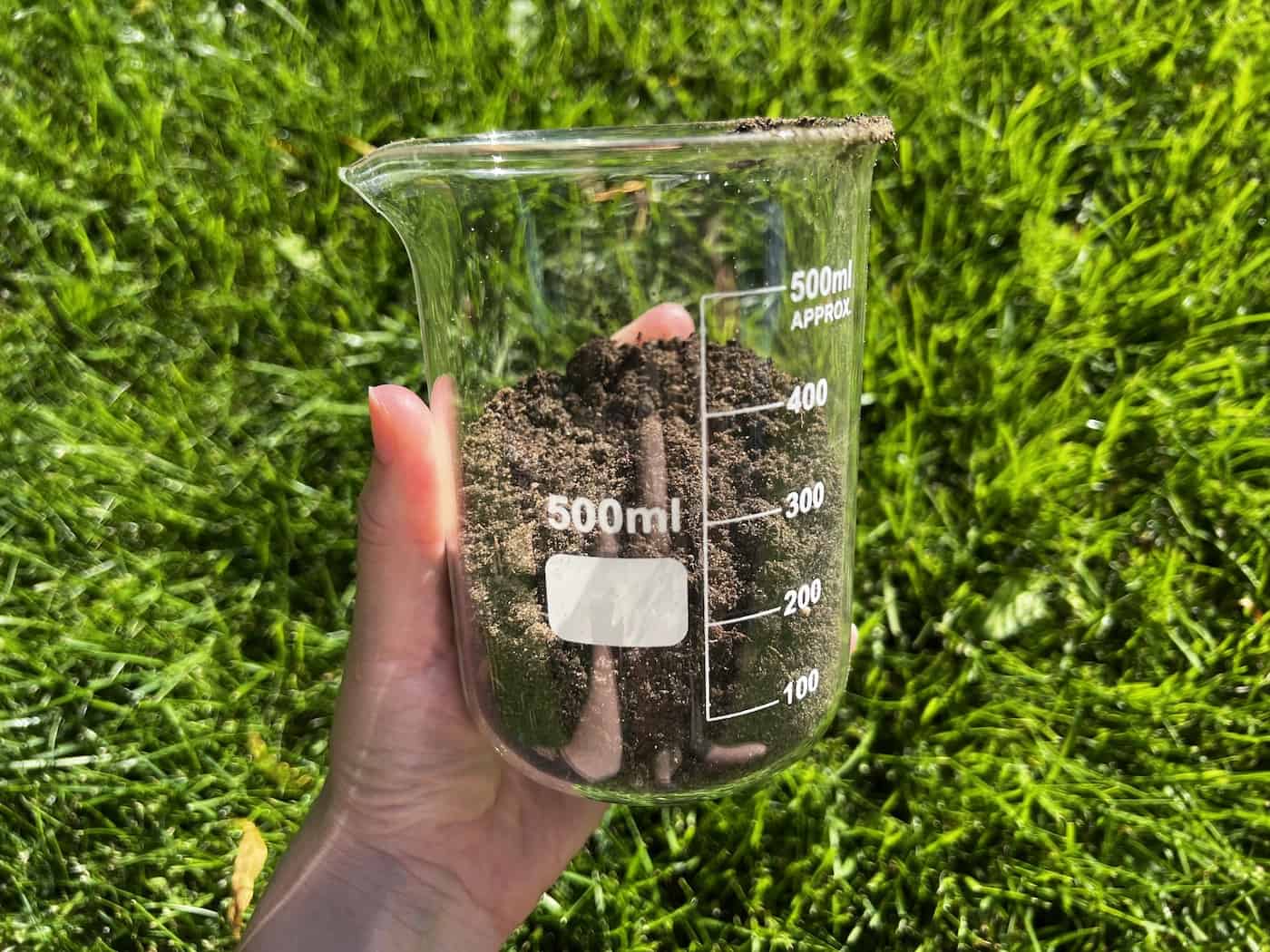

0 thoughts on “What Should Soil Ph Be For Grass”